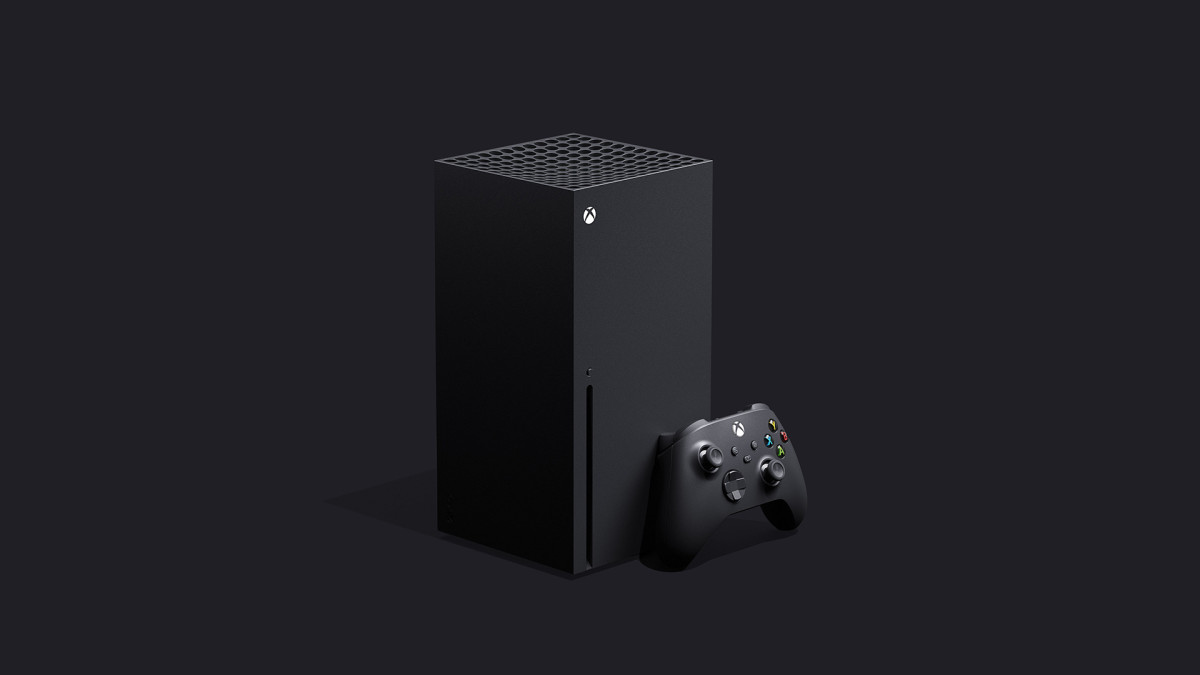There’s been a lot of deliberation on the PS5 vs. Xbox Series X and which of the consoles will deliver gamers with better gaming performance and smooth gameplay.
Having confirmed the technical specifications for the PS5 and Xbox Series X, fans and developers alike have opinions about which next-gen platform seems like the most powerful. While Microsoft’s console boasts higher numbers in most specs categories, developers like Marcus Lehto say that the PS5’s high-bandwidth Solid State Drive (SSD) tech “will make a huge difference” that potentially gives the Sony console an edge.

PS5 specifications
| CPU | x86-64-AMD Ryzen™ “Zen 2” |
| 8 Cores / 16 Threads | |
| Variable frequency, up to 3.5 GHz | |
| GPU | AMD Radeon™ RDNA 2-based graphics engine |
| Ray Tracing Acceleration | |
| Variable frequency, up to 2.23 GHz (10.3 TFLOPS) | |
| System Memory | GDDR6 16GB |
| 448GB/s Bandwidth | |
| SSD | 825GB |
| 5.5GB/s Read Bandwidth (Raw) | |
| PS5 Game Disc | Ultra HD Blu-ray™, up to 100GB/disc |
| Video Out | Support of 4K 120Hz TVs, 8K TVs, VRR (specified by HDMI ver.2.1) |
| Audio | “Tempest” 3D AudioTech |
PS5’s ultra-high-speed SSD and integrated custom I/O system were developed with the goal of removing barriers to play – specifically loading screens. Developers are able to stream assets into PS5 games at an incredibly fast rate, so PS5 play experiences can be seamless and dynamic, with near-instantaneous fast travel through large game worlds. This enhanced speed will enable game developers to create larger, richer worlds without traditional limitations, such as load times, and also allows gamers to spend more time gaming than waiting.
– Mark Cerny

Xbox Series X specifications
| Xbox Series X Specs | |
| CPU (Zen 2) | 8 Cores @ 3.8GHz (3.6GHz with Simultaneous Multithreading) |
| GPU (custom RDNA 2) | 12.147 TFLOPs, 52 Compute Units @ 1.825 GHz with hardware raytracing support |
| System Memory/Interface | 16GB GDDR6/320-bit bus |
| Memory Bandwidth | 10GB at 560 GB/s, 6GB at 336 GB/s |
| Internal Storage | Custom NVMe SSD (1 TB) |
| I/O Throughput | 2.4 GB/s (Raw), 4.5 GB/s (Compressed with BCPack) |
| Expandable Storage | 1 TB Expansion Card (proprietary, developed with Seagate) |
| External Storage | USB 3.2 HDD Support (for XB1 games) |
| Optical Drive | 4K UHD Blu-ray Drive (up to 100 GB disc) |
| Audio | Custom hardware audio block based on Project Acoustics. Spatial audio supported through Dolby Atmos, DTS:X and Windows Sonic. |
“It will open up the door for more expansive content that can stream a lot faster,” he said. “Players won’t be waiting on load screens and we won’t have to hide loading behind cinematics and that kind of thing. It will just help make things a lot more seamless and fluid for the player when it comes to their experience on those consoles.”
– Former Art Director on Microsoft’s Halo franchise, Marcus Lehto
Judging from the specs, both console promises to deliver good gaming experience. But at the end, specs alone won’t cut it. Things like pricing, backwards compatibility and exclusives will determine which of the consoles will take it to the bank.
We wait.
----------
If you liked this article, please subscribe to our YouTube Channel for tech news, reviews and video tutorials. You can also find us on Twitter, Instagram and Facebook.




